group equipment
GRUMETS has own equipment to develop their research:
- Servers with processing capacity
- Meteosat Second Generation Antenna (MSG)
- Field Radiometers
- Meterological stations
- Drone + sensor
- Devices
Both at CREAF and at the Department of Geography, the group has wide processing capacity with various computers for massive parallel calculations with MiraMon and other specialized programs, as well as for experimentation and applications in geoservices. Specifically, we have 31 servers with 63 processors and 302 cores, with a total of 664 GB of RAM.
Due to major improvements in the Meteosat Second Generation(MSG), operating since 2004 and with a minimum continuity until 2015, from CREAF we believed that the current MSG resolutions could help in various fields of interest including radiometric correction of other sensors, Vegetation index calculations, active fires, aerosols studies and climate change, among others. So, with a low budget was installed and launched, in 2007, a receiving station, taking advantage of the free data for research groups. Every 15 minutes we receive the MSG images that are imported into MiraMon software format, for a further internal CREAF-UAB staff use. Besides MSG images, we can also receive images from other meteorological satellites (Metop, GOES, etc.) Processed products as well.
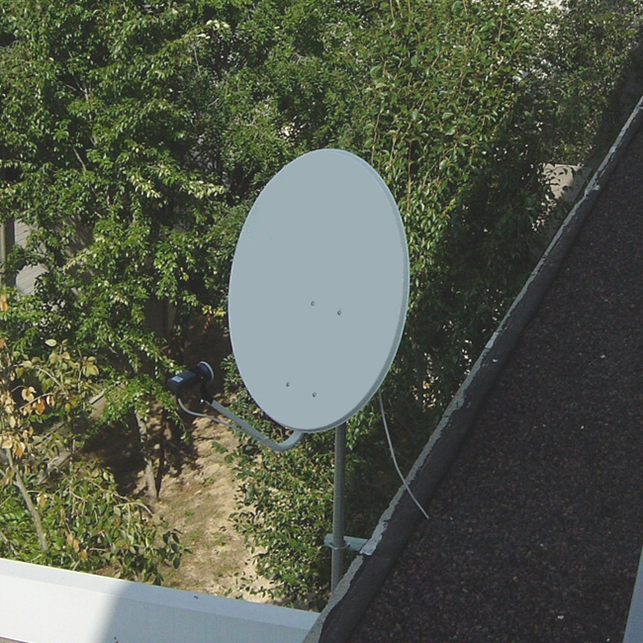
![]()
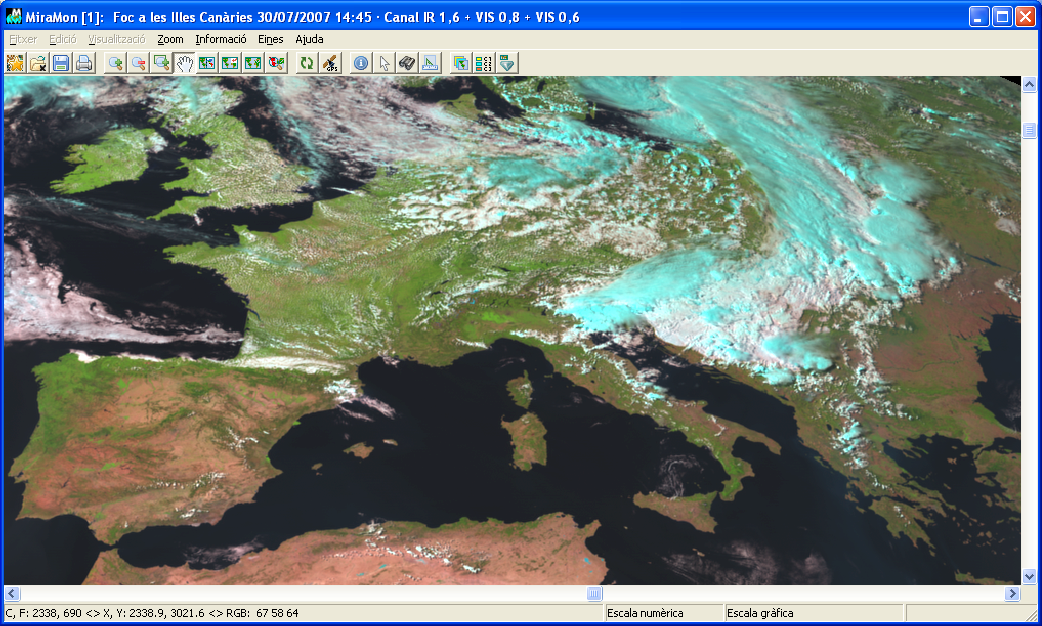
Left photo: View of the antenna on CREAF. Right photo: 3-2-1 combination of an image obtained on 30/07/2007 and processed with MiraMon.
It has been acquired recently, by the Department of Geography at the UAB, two field radiometers with detectors in the range of visible, near infrared and shortwave infrared, divided into ranges (200-1100 nm) and (900 -2500 nm).
It is an USB2000+ spectrometer and a near infrared spectrometer NIRQuest256-2.5, both from Ocean Optics. These are the main features:
USB2000+ Miniature Fiber Optic Spectrometer: consists of an analog to digital converter of 2MHz, programmable electronics, a 2048 CCD detector elements, and a USB 2.0 Hi-Speed. Provides a resolution of 0.35 nm (FWHM).
NIRQuest256-2.5 Near-Infrared Spectrometer: comprises a linear-type detector 256 pixels and an optical resolution of 9.5 nm (FWHM).


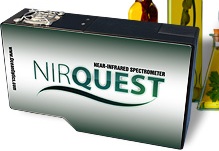
We have a meteorological station in Vallcebre, in a meadow area, equipped with the following instrumentation:
-Air temperature sensor.
-Relative humidity.
-Two ST sensors.
-Incident and reflected solar radiation (albedo can be calculated).
-Skye Sensor R + G+ B + Irp configuration similar to Landsat-5-7-LDCM and some bands of MODIS.
-Soil Moisture (sensor belonging to IDAEA).
-Flow soil heat sensors (sensors belonging to IDAEA).
-Wind speed and direction.
-Net radiation.
-Precipitation.
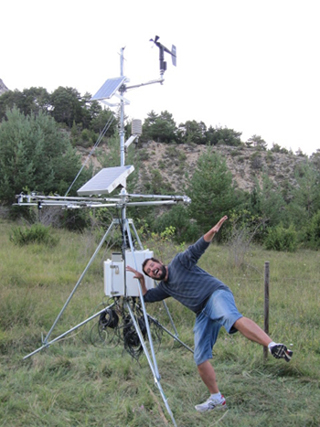
![]()
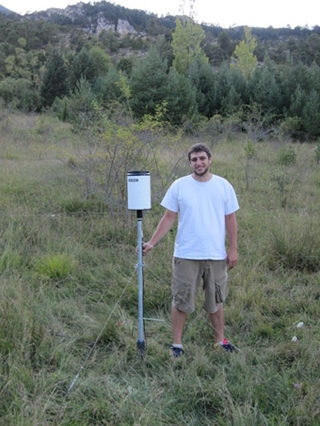
These stations provide a validation area for radiometric correction and satellite images, and in the same time, allow the development of moisture indices joining solar and thermal bands.
Evolution in Vallcebre NDVI from 08/09/2010 to 18/08/2010 (minute to minute)
We have recently acquired a DJI Matrice M210 RTK v2, a quadcopter with 38 minutes of autonomy and a payload capacity of up to approximately 2Kg. This platform, together with the D-RTK 2 mobile station (compatible with the most important satellite navigation systems) that we also have, allows us to obtain centimeter-accurate positioning. The drone has several security systems such as a sensor for the detection of obstacles or transmission systems of switchable frequency in real time that avoid possible interference.
On the other hand, the MAYA-S2 multisprectral sensor has been acquired, which has 9 bands with a configuration practically identical to those of the Sentinel-2 satellites. An ILS sensor (Incident Light Sensor) has also been acquired to correct the possible effects of changes in the images captured in the same flight.
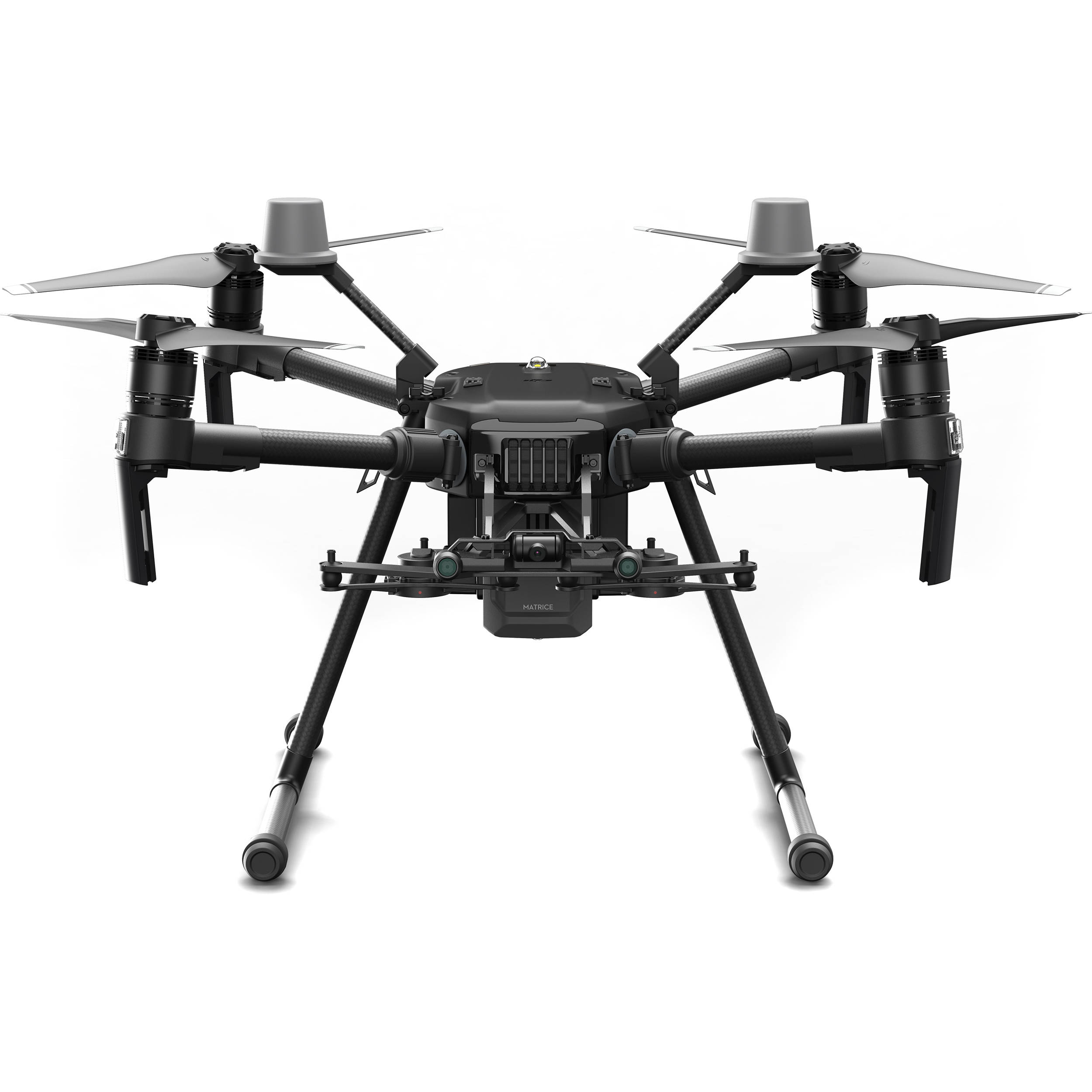
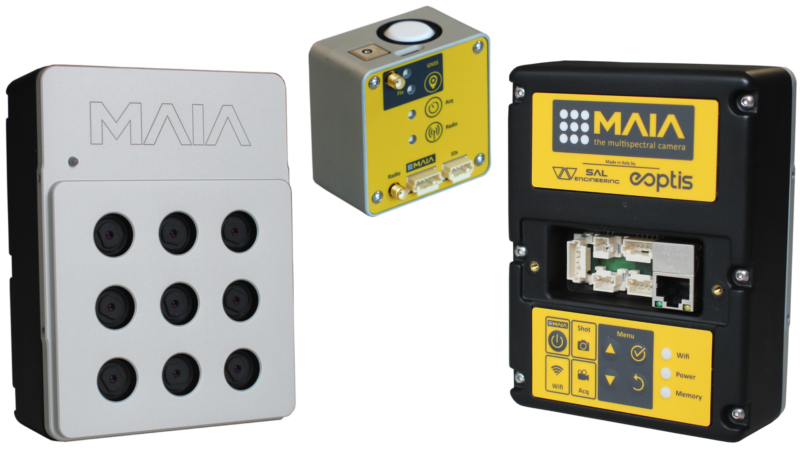
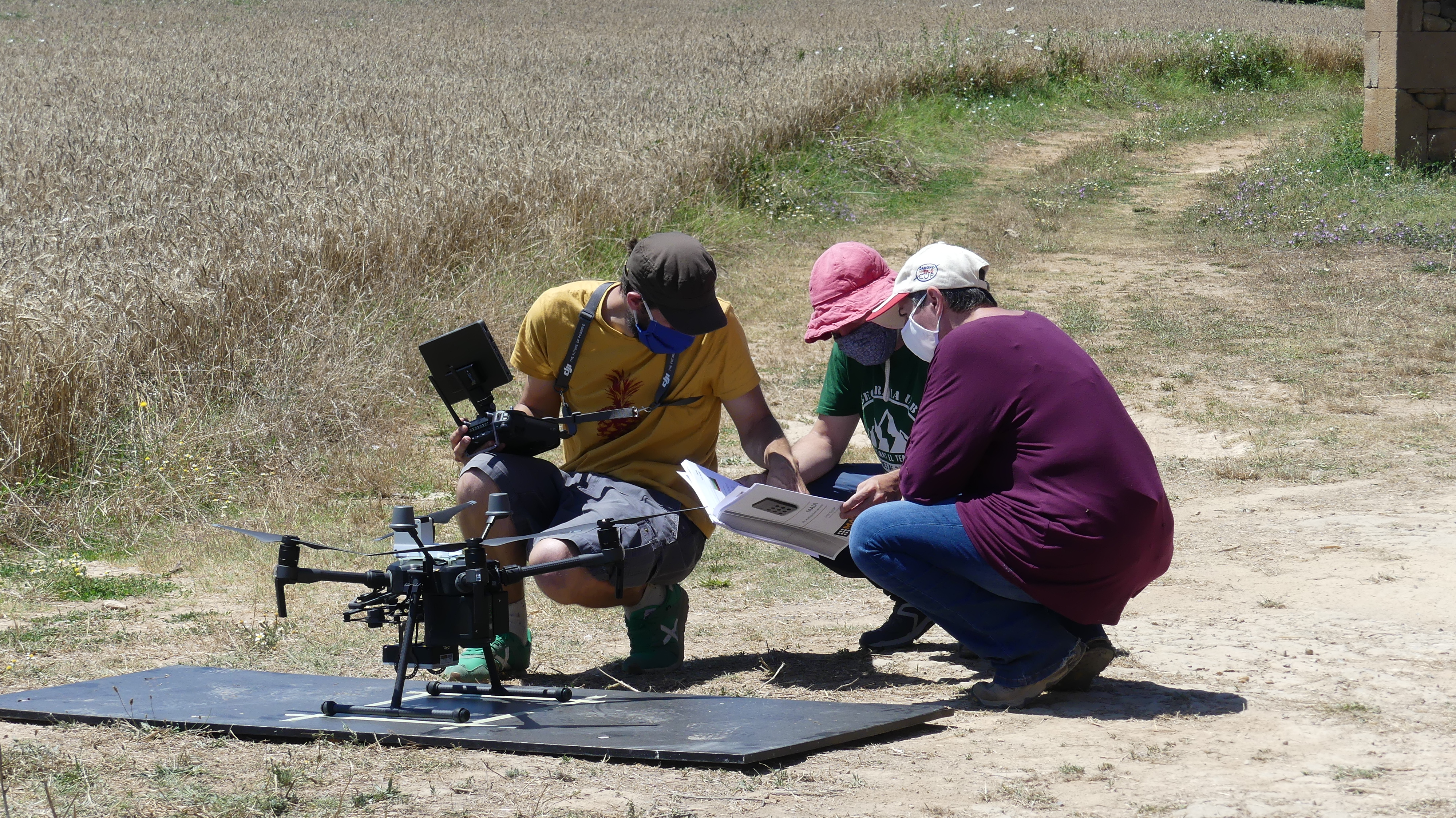
PLOTTER: HP DESIGNJET 1055CM (maximum print size A0, four inks, can print at 600dpi and 1200dpi in gray color with a minimum thickness of 0.02mm line).
LARGE FORMAT SCANNER: Colortrac Smart LF 4080e (A0 format, 400 dpi, 24-bit color depth).
A3 SCANNER: EPSON EXPRESSION 1640XL (A3, 1600dpi, 42-bit color depth).
SCANNER SLIDE / NEGATIVES: Nikon SuperCoolScan 4000 ED (4000dpi optical resolution, 16-bit color depth).